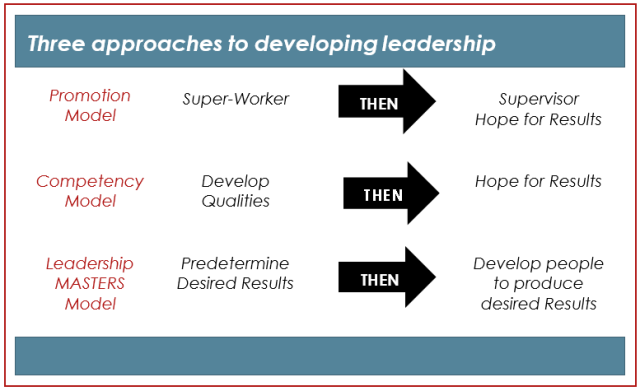
I was speaking to a group of about 100 middle-school-age 4-H members from throughout Illinois a few years ago when, as I often do, I asked about their dreams. “Not the weird dreams you have at night, but dreams of what you want to do, the things you want to have, the person you want to become,” I explained. I will never forget the young lady who confidently rattled off a hand-full of her dreams, each one quite specific, including “to perform at Carnegie Hall in New York City.”
I remarked at the specificity of her dreams. Her peers at this plenary session responded immediately, informing me that their new friend’s performance was already scheduled in about six months at the time. Her peers clearly respected her, wanted to follow her lead, wanted a piece of what she had. “What she had” was personal Direction.
As an executive coach, the successful outcome of every one of my client relationships could be summed up as a new or renewed “clarified sense of direction”, and a requisite amount of commitment and courageous action. I cannot count the number of times my clients have said, “I wish I had this coaching at an earlier age.”
Think about it, people who lack a keen sense of direction usually end up following someone who does. Picture the score of people who were running across America with Forest Gump in the iconic movie, only to find themselves lost and unsure what to do next when Forest suddenly stopped running in the middle of the Western American desert. Forest Gump did not have a keen sense of direction; he was running from something, not toward a dream. He only appeared to know who he was, what he was doing, where he was going, and that was enough for people to follow him.
Young people like 13-year-old Vanessa Templeton of tiny Sangamon Valley Middle School in Illinois perform at Carnegie Hall each year. Others like her have very specific dreams at an early age. My sons had specific dreams; my oldest is now living out dreams he’s had since middle school: he played college hockey, lives near San Francisco, sits up in bed each morning to a bay marina view filled with boats and sailing yachts, and works as a Network Operations Center engineer for AirBnB. He was named a distinguished alumni by his university alma mater at age 24. Yes, having what some will say are “wild” dreams of a 13-year-old do pay off.
What I find remarkable about these young people is not so much that they have dreams. We all have dreams, although I find too few people are ready and able to articulate their dreams, let alone persevere with action. What sets these young people apart is the clear direction their dreams provide. They have honed their dreams into achievable goals, which provide a True North and keen sense of direction that is all too rare.
Having a direction in life always pays off. Personal direction may be the most distinguishing characteristic of personal satisfaction, happiness and success at any age.
Show me a teenager who knows who he or she is, knows what she or he wants, and knows where she or he is going, and I will show you a young person with better grades, better relations with parents and other family members, better social networks and friendships, and fewer risk behaviors, to name a few benefits. Very likely, the manner in which such young people lead their lives means they already have followers, too.
Want to provide a gift for the young people in your life? Give them plenty of opportunities to explore and try new things, to discover themselves and to test their courage against their dreams. Don’t push them to commit or to master any one interest or activity too quickly. Don’t push them toward “where the jobs are” – the average 13-year-old today will likely work in an occupation that has yet to be invented. Let your children lead their learning now, so that one day they will have mastered the ability to lead their own lives well.



